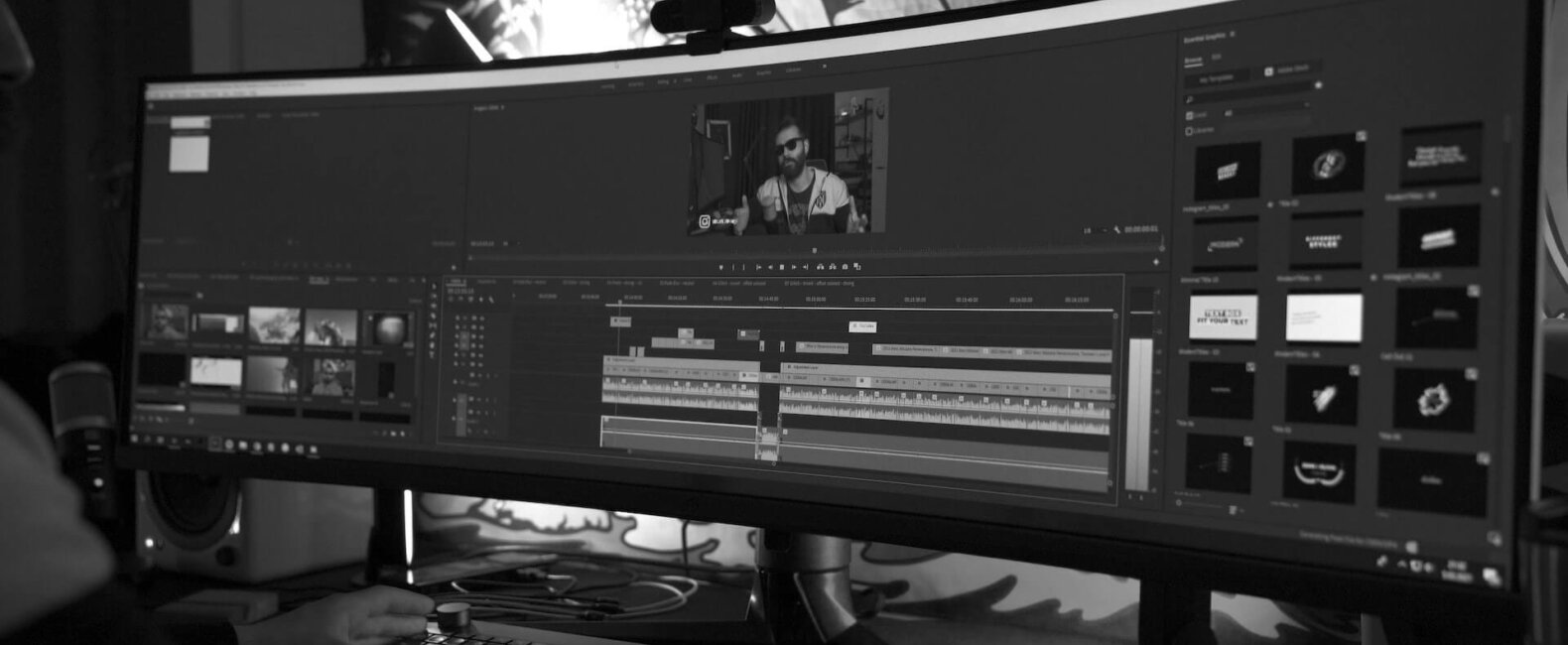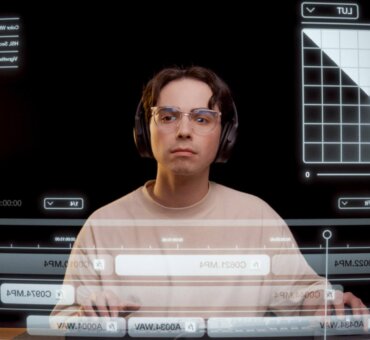The editing process is essential to bringing a filmmaker’s vision to life. There are three stages of the editing process that every filmmaker should know about: the rough cut, fine cut, and final cut. Each step has its specific purpose, requiring unique skills to complete. In this article, we will explain the differences between these stages, and their purposes, and provide tips to help you navigate through each one.
Before we begin, it’s worth looking at the pre-edit stage, known as the assembly.
Assembly
The assembly is the preparation of the editing process. It involves organizing the raw footage captured during filming into a coherent sequence. This includes arranging shots in a logical order, syncing audio and video, and creating a rough cut of the film.
This is a critical step in the editing process because it sets the foundation for the rest of the project, and allows the editor to see all of the footage they have to work with before they start shaping it into a cohesive story.
Editors will often experiment with different sequences of shots and try different pacing options to get a sense of what works best for the film. This stage also allows the editor to identify any technical issues or problems with the footage that need to be addressed before moving on to the next stage of the edit. Once the assembly is complete, the editor can move on to fine-tuning the rough cut.
Rough cut
The rough cut comes next. It is a basic edit of the footage that gives you an idea of the overall structure of your film. In this stage, you’ll assemble all the footage into a rough sequence, deciding what clips to include and where they should go. It’s not about perfection at this stage, but about creating a structure and rough story flow.
There are several tips for a successful rough cut. Firstly, watch all the footage before commencing editing to get an idea of what is available. Secondly, focus on pacing and structure over small details. Thirdly, ensure that the story flows cohesively. Lastly, try different sequencing of the clips to determine what works and what doesn’t.
The role of the editor in the rough cut is critical. The editor must have a good understanding of the director’s vision, identify the strengths and weaknesses of the footage, and recognize the story structure and pacing.
Fine cut
The fine cut is when filmmakers begin fine-tuning the rough cut by selecting the best takes and refining the pacing, rhythm, and tone of the story. This is the stage where the film starts to take shape, and filmmakers will have a more complete picture of the final product.
To have a successful fine cut, one must focus on the story’s rhythm, be mindful of pacing, emotion, and tension, fine-tune transitions between scenes, and pay attention to sound design and music. The editor’s role in the fine cut is critical too. The editor should have a clear vision of the final product, a good sense of the film’s pacing and rhythm, and a good understanding of sound design and music.
Picture lock
“Picture lock” is a significant milestone. It refers to the point at which the film’s final cut has been approved, and no further changes can be made to the visual content. This means that the editor and director have agreed on the film’s final cut, and it is now ready for post-production processes such as sound design, color correction, and special effects.
Once it is in place, any changes made to the visual content of the film can cause issues with the post-production processes, making it a crucial stage in the editing process. The picture lock is often accompanied by a timecode, providing a reference point for the post-production team to ensure the final product is synced correctly.
Final cut
The final cut is the finished product; the film is ready to be distributed, and shown to audiences. At this point, there is no turning back, no further revisions to the edit, and the film is out there forever!
The director’s cut: three hobbits, two Bladerunners, and an apocalypse
When we say there are no further revisions to the edit..it doesn’t include a director’s cut! This is a version of a film that is re-edited or recut by the director with their own creative input, often released after the original theatrical release. It allows the director to have full creative control and to present their intended vision of the film to the audience.
A well-known director’s cut is Blade Runner: The Final Cut (2007), directed by Ridley Scott. The original theatrical release of Blade Runner in 1982 was heavily edited by the studio, resulting in a confusing narrative and a lack of character development. The Final Cut was released 25 years later, and Ridley Scott finally released his original vision for the film. “The Final Cut” features new and restored scenes, improved visual effects, and a new color timing that better reflects Scott’s vision.
Ironically, Blade Runner 2049 had a similar fate, with Denis Villeneuve’s director’s cut being released in 2017. The first version of Blade Runner 2049 was already critically acclaimed, but the director’s cut added over 25 minutes of additional footage, including a deleted scene that further develops the relationship between the two main characters. That version was considered by many to be superior to the theatrical release, and it further cements Villeneuve’s reputation as one of the most talented directors working today.
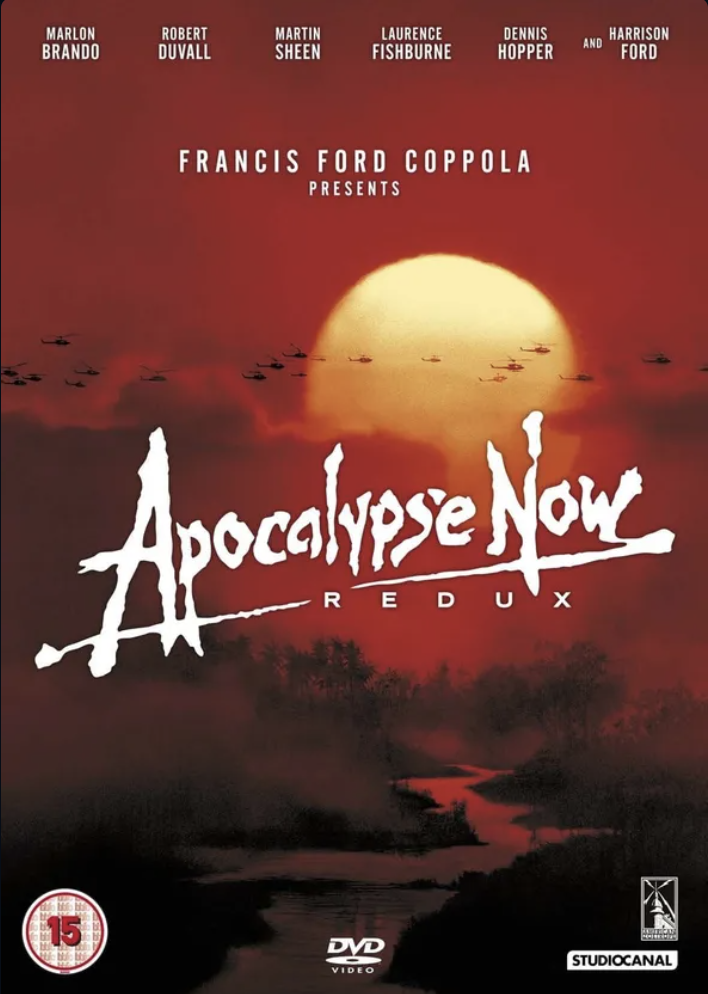
Another example of a director’s cut is Apocalypse Now: Redux (2001). The original theatrical release of Apocalypse Now in 1979 was already a masterpiece, but Francis Ford Coppola was not completely satisfied with the film. In 2001, he released a new version of the film that added 49 minutes of new and restored footage, including a controversial French plantation scene. The Redux version of the film is over three hours long and is widely regarded as the definitive version of the film.
Extra time
Some directors take it to the extreme, and when Peter Jackson released his cut of The Lord of the Rings trilogy, he added 128 minutes of extra footage, which took the total three-film runtime to 11 hours and 26 minutes! Meanwhile, Ridley Scott added an additional 90 minutes to his cut of Kingdom Of Heaven (2005).
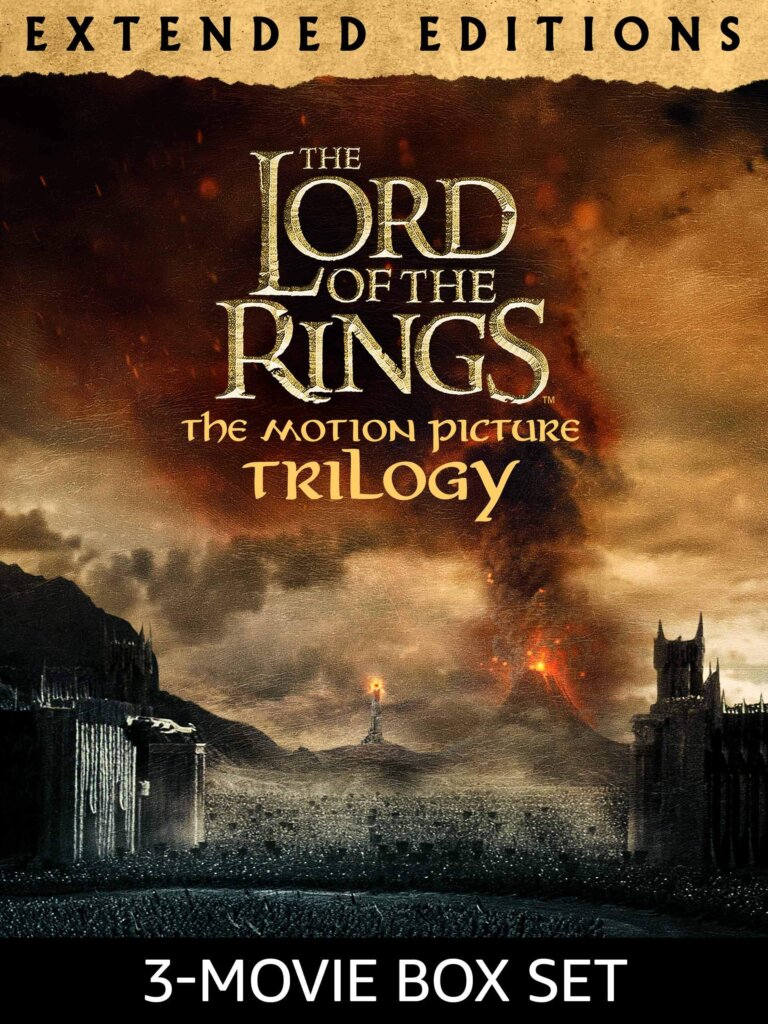
Directors’ cuts are often fan favorites, giving people a unique perspective on the filmmaking process, and a clear vision of the director’s original version before compromises were made, for example, when a film studio insists on specific edits. Whether it’s Blade Runner, Apocalypse Now, or Blade Runner 2049, director’s cuts are a testament to the power of unique artistic expression and the importance of creative control in the film industry.
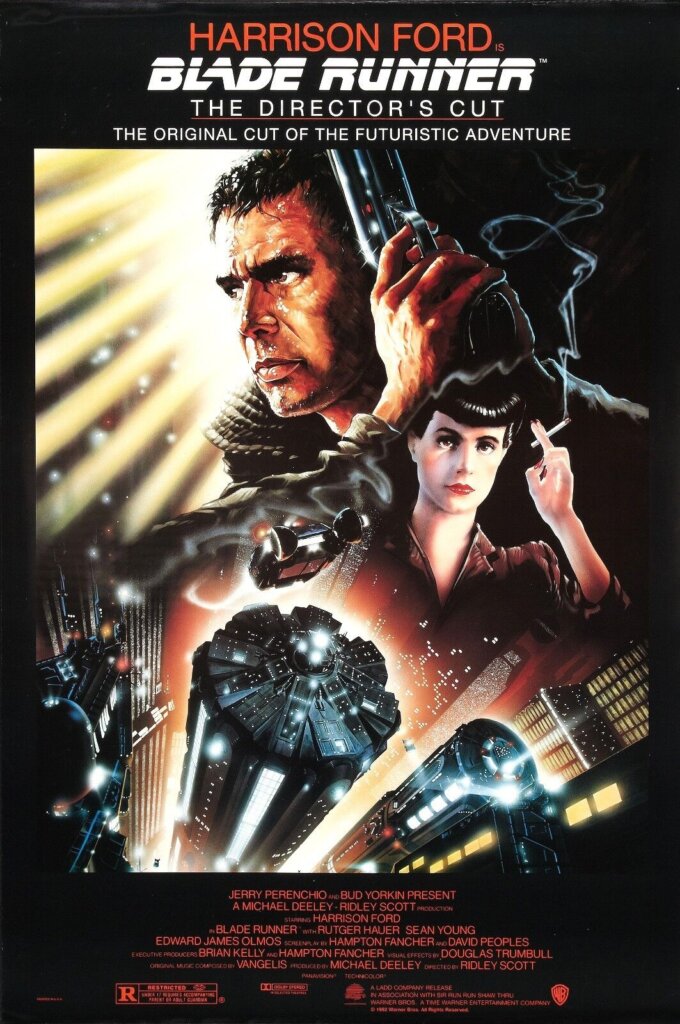
One of the beautiful things about film is that there is a living, breathing aspect to the art form, and ways to retell the story even years after the movie is first released. From assembly to picture lock, from rough cut to final cut and the cinema premiere, film is an art form that continues to bring us joy throughout the years.
Cover photo by Onur Binay on Unsplash
